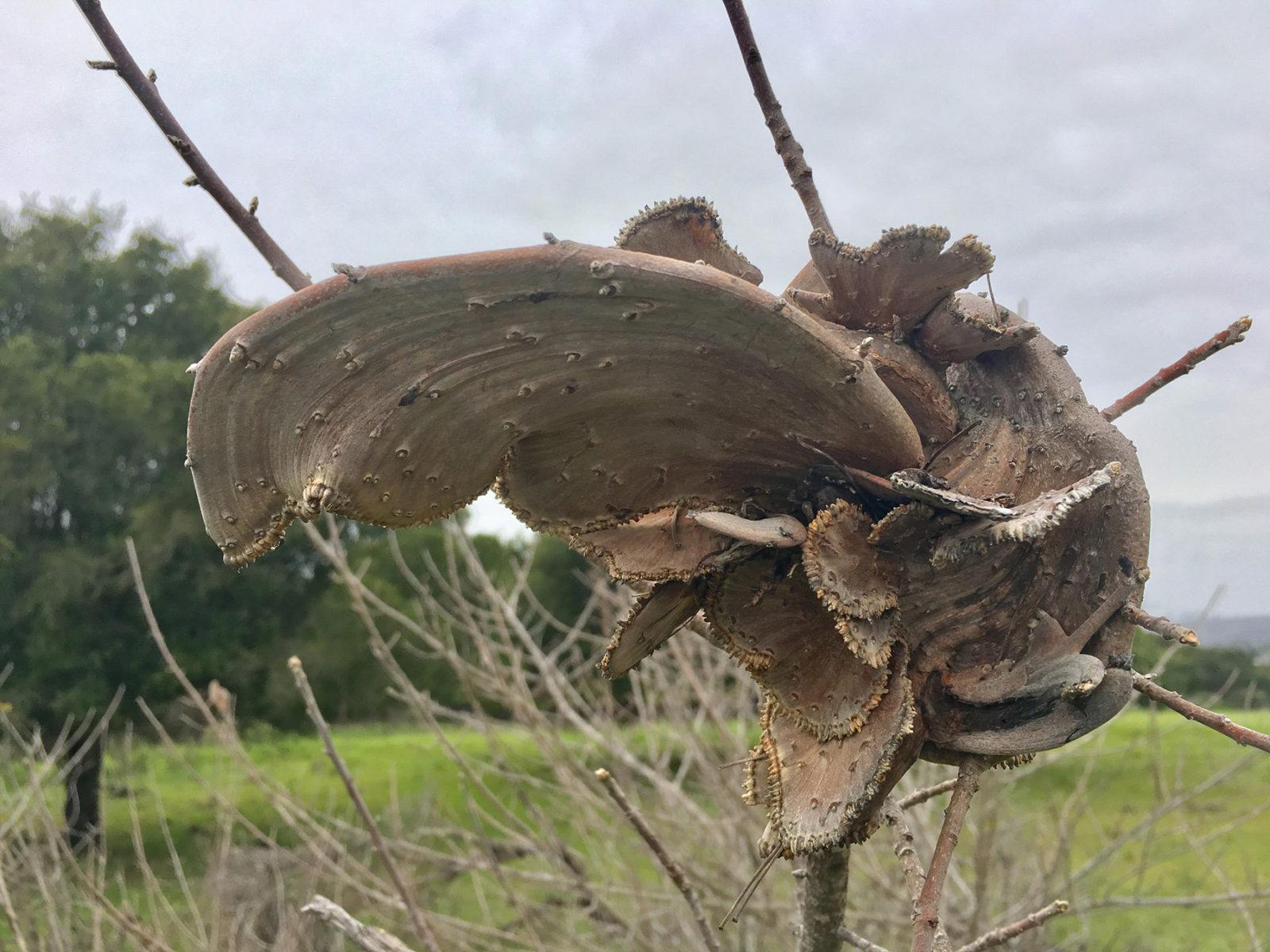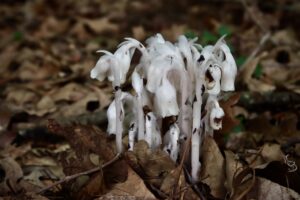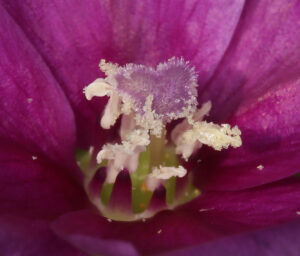What is this weird belt-like growth on poison oak?
Fasciated plants have fascinated humans for thousands of years due to their gnarled and belt-like growth patterns on stems or bizarrely elongated flowers. Fasciation has been documented in over 107 plant families in everything from roses to lilies and occurs when the apical meristem, the growing tip of the plant, becomes not a single point of growth but a plane. In the Bay Area we have thousands of local species of plants, but only a handful seem regularly susceptible to these odd growth patterns.
The reasons for fasciation are almost as broad as the plant families that it can be observed in. There appears to be genetic factors and environmental factors at play. Gregor Mendel, the father of genetics, worked with the pea Pisum sativum and observed fasciation in his experiments, but the appearance was not routine enough for them to be easily placed as dominant or recessive allele. More contemporary geneticists have found that broken DNA repair genes like BRCA2, famous in humans for its relation to breast cancer, can be a strong factor in the fasciation development. Most of the other genes with a big influence on fasciation are ones involved in hormone signaling in plants. Some agriculturalists are very interested in figuring out these genetic mechanisms as some crop plants like tomatoes greatly increase fruit production when fasciated.
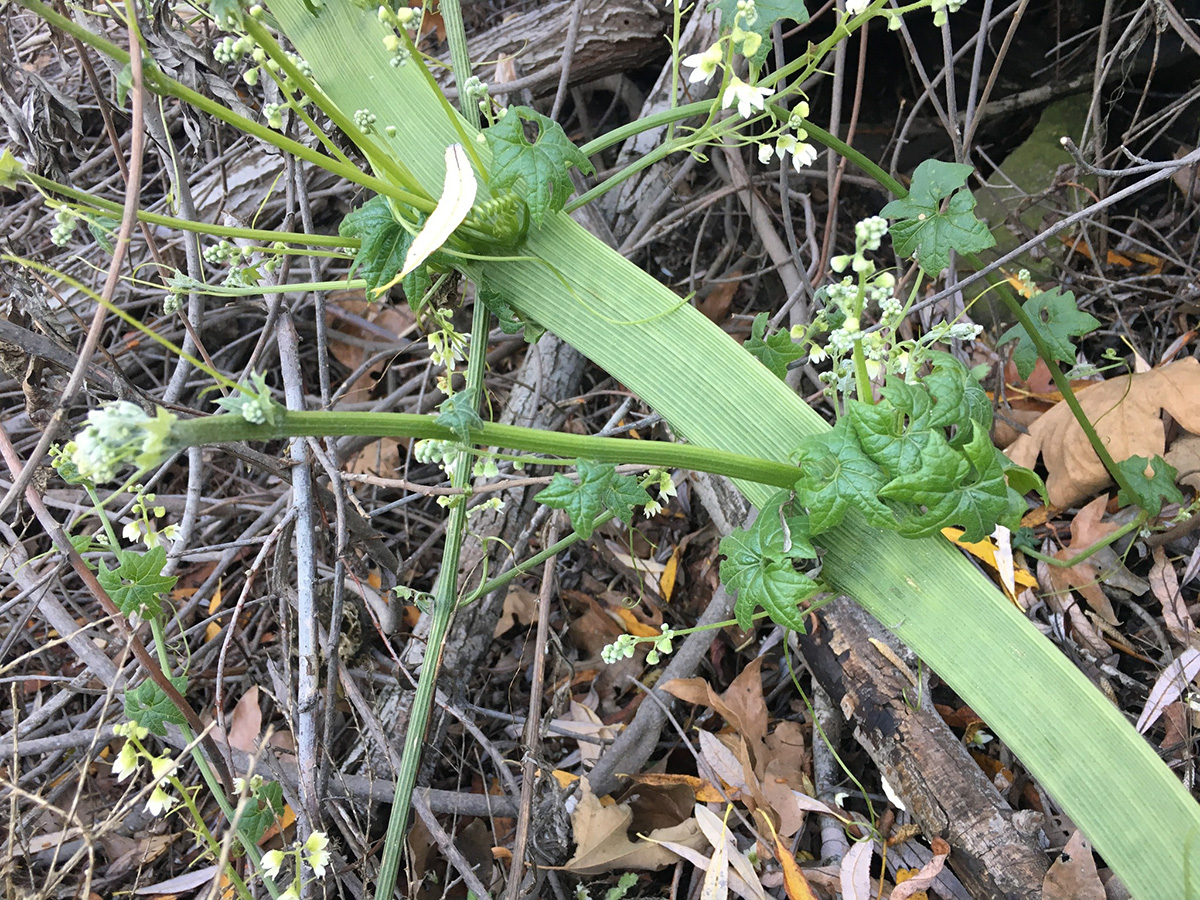
Environmental triggers for fasciation likely play upon an underlying genetic susceptibility. Viruses, bacteria, and fungi have all be implemented in the growths. Viruses make use of the host cell machinery to make copies of themselves and often times disrupt normal cellular functions in the process and sometimes even insert themselves into the host plants DNA which can knock out gene function. Bacteria and fungi often deploy chemical signals to trick plants into producing growth patterns that make it easier for them to access sugars and other nutrients. Usually these modifications to the plant result in galls, but if the infection took place on the meristem they could trigger fasciation.
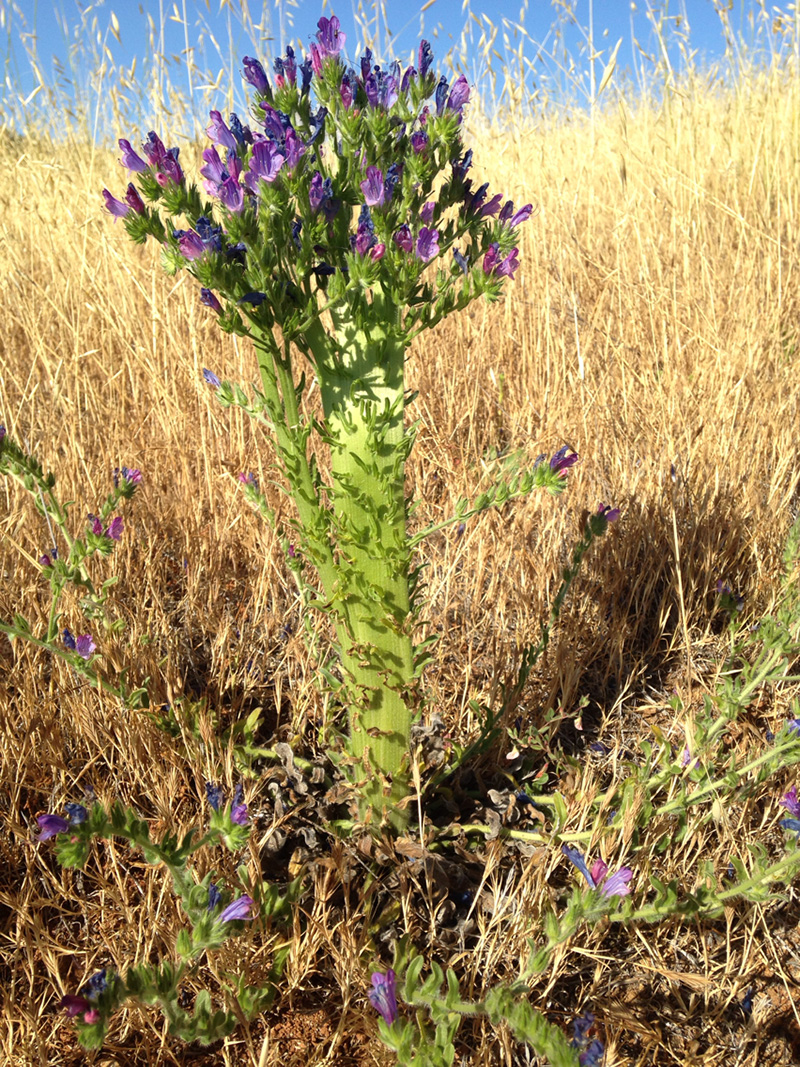
Physical damage to the apical meristem caused by impacts or insect activity can be sufficient to trigger the growth pattern in at least some model organisms like Arabidopsis (rockcress), and may be a key player in the most common plant seen fasciated in the Bay Area: poison oak. Fasciation in poison oak is easy to observe since it’s a woody plant and can be observed at any time of the year. Also since many people have a tenuous relationship with poison oak, it is one of our local plants that probably gets more glances than any other, increasing the chance of seeing these weird growths.
The majority of times I’ve observed fasciation on poison oak is when it is in open edges in high wind and high animal trafficked areas. The eastern slopes of Mount Diablo, the rocky point wind exposed parts of Glen Park, and even the forest edges of Knowland Park are all good places to find these sculptures of nature.
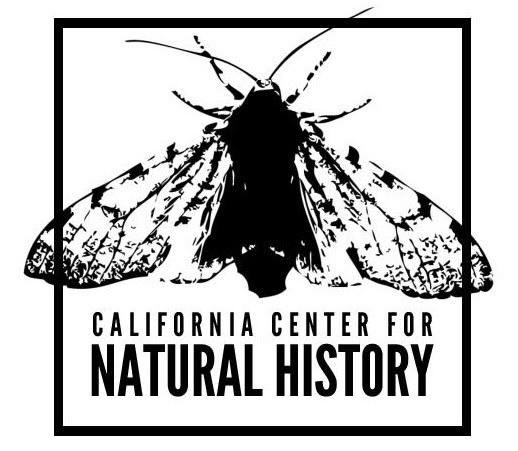
Ask the Naturalist is a reader-funded bimonthly column with the California Center for Natural History that answers your questions about the natural world of the San Francisco Bay Area. Have a question for the naturalist? Fill out our question form or email us at atn at baynature.org!

